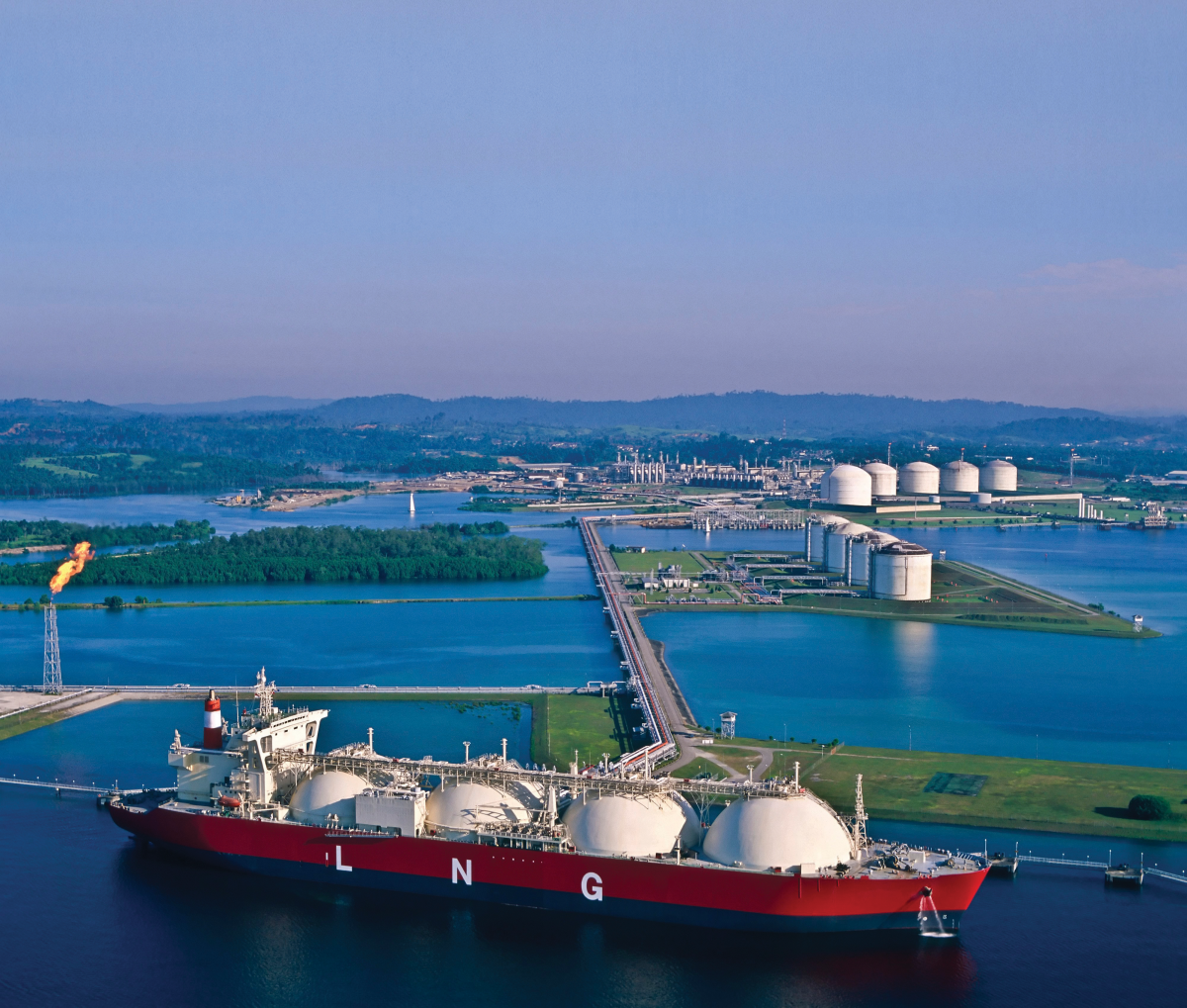As global economies continue scrambling to secure reliable energy, investments in new liquefied natural gas (LNG) infrastructure are set to peak at $42 billion annually in 2024, Rystad Energy research shows.
These greenfield investments are 200 times compared to the amount in 2020 when only $2 billion was invested in LNG developments due to the pandemic. However, project approvals after 2024 are expected to slow down as governments transition away from fossil fuels and accelerate investments in low-carbon energy infrastructure.
According to Rystad, new LNG projects are driven mainly by a short-term increase in natural gas demand in Europe and Asia due to the Russia-Ukraine conflict and the restrictions imposed on Russian gas exports.
Although recent price surges in natural gas markets worldwide have somewhat constrained gas demand, governments remain bullish on gas as an affordable, transition fuel in the coming years proven the rapid growth in LNG infrastructure investments, said Palzor Shenga, vice president of analysis with Rystad Energy.

Where is the LNG coming from?
While the US is set to solidify its place as a top LNG exporter, Qatar, Mozambique and Russia are also active in LNG developments. Qatar, already a major producer, aims to boost LNG export capacity to 126 Mtpa by 2027 from a current 77 Mtpa.
Oil majors ExxonMobil, Shell, TotalEnergies, Eni and ConocoPhillips have been chosen to join state-owned QatarEnergy in the North Field East expansion project, which is set to raise capacity to 110 Mtpa.
“Projects that have been approved or are currently being developed will recover about 300 Tcf of LNG, led by the US with approximately 97 Tcf, then Qatar with about 52 Tcf and Russia at 50 Tcf. These top three nations hold around 70% of the total sanctioned, yet-to-be-produced global LNG resource,” Rystad noted.

